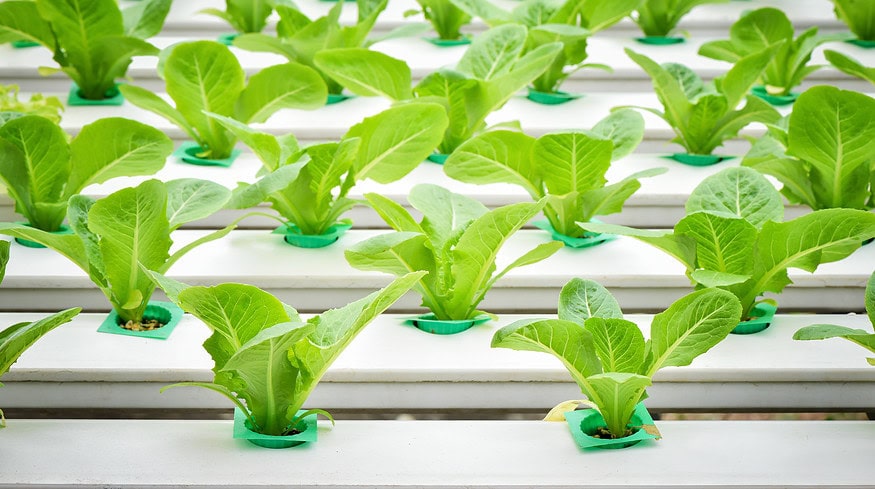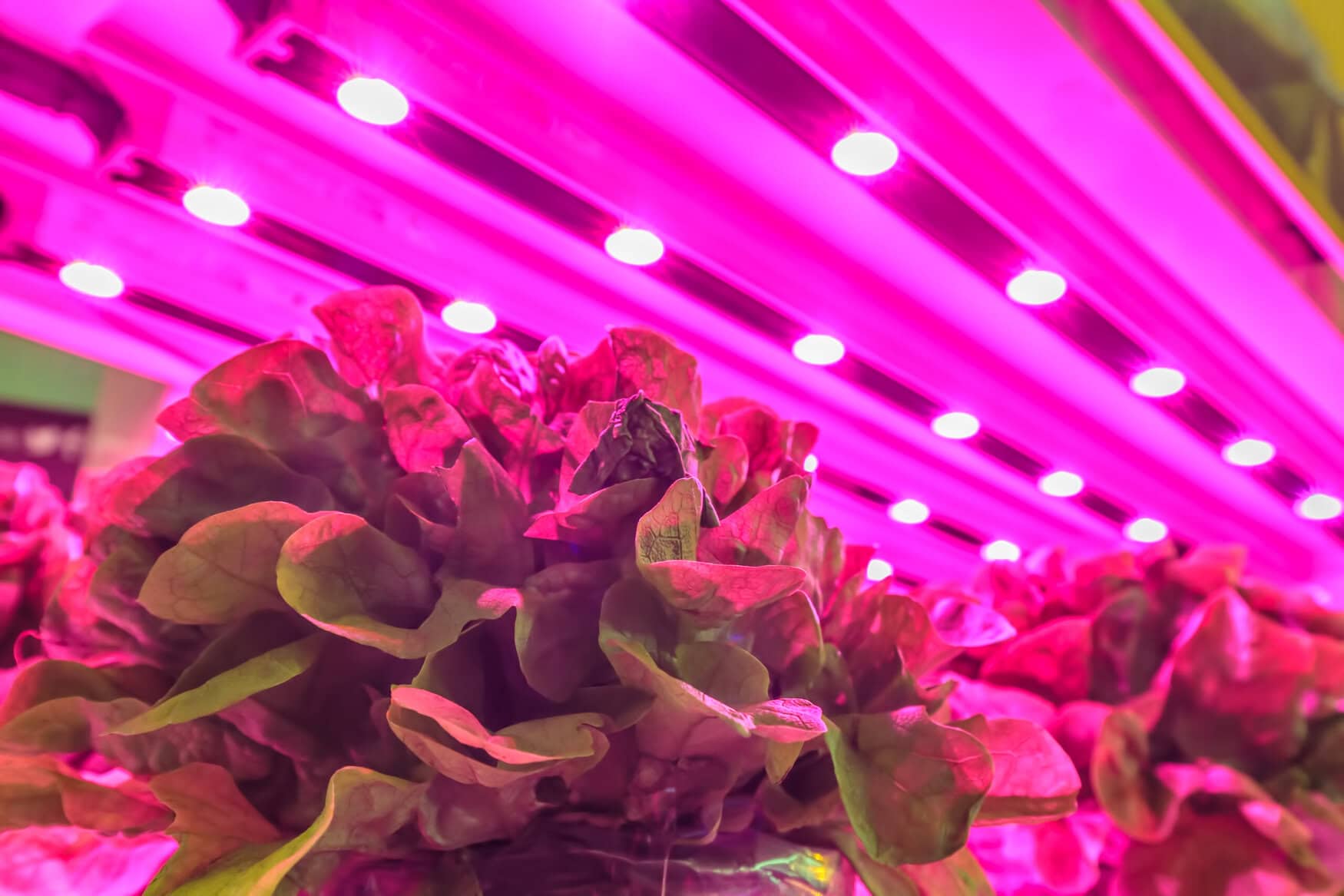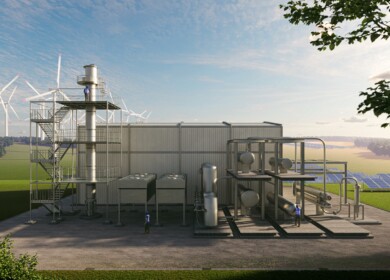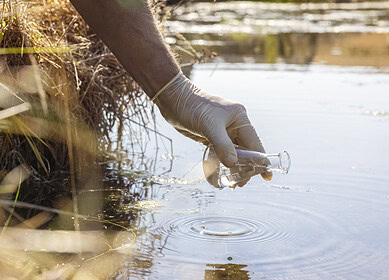What is electro-agriculture and how it could transform farming?

Electro-agriculture, an innovative approach devised by bioengineers, could significantly reduce the land needed for agriculture by 94% in the U.S. This new method leverages a solar-powered reaction that converts CO2 into acetate, providing a nutrient source for genetically engineered plants, which could revolutionize the way we grow food, especially indoors.
The method, highlighted in the journal Joule, bypasses traditional photosynthesis, an inefficient process where plants convert only about 1% of absorbed light into usable energy. Electro-agriculture enhances this efficiency by directly transforming CO2 into organic molecules that serve as food for genetically modified plants capable of thriving on acetate. Such an advancement could even support future agricultural endeavors in outer space.
Robert Jinkerson, a biological engineer from the University of California, Riverside, suggests that detaching agricultural practices from natural environments to controlled indoor settings could represent the next technological leap in food production. According to Jinkerson, this would mitigate the agricultural impact on natural ecosystems and increase production efficiency.

The prototype of this technology uses solar panels to power a chemical reaction between CO2 and water, producing acetate. This setup could replace sprawling agricultural fields with multi-level buildings where food crops like tomatoes and lettuce, along with other organisms such as mushrooms, yeast, and algae, could be cultivated hydroponically.
The research team, including electrochemist Feng Jiao of Washington University in St. Louis, is currently working on boosting the efficiency of this system. By reactivating a metabolic pathway in plants that typically shuts off after seed germination, they are engineering plants that can directly utilize acetate for growth, eliminating the need for photosynthesis.
Future research aims to extend this capability to high-calorie crops and improve the efficiency and cost-effectiveness of the acetate production process. Jiao remains optimistic about the potential commercial applications of this technology, particularly for organisms like mushrooms and algae, which can already be grown using acetate.
Source: SciTechDaily
Enjoyed this story?
Every Monday, our subscribers get their hands on a digest of the most trending agriculture news. You can join them too!
















Discussion0 comments